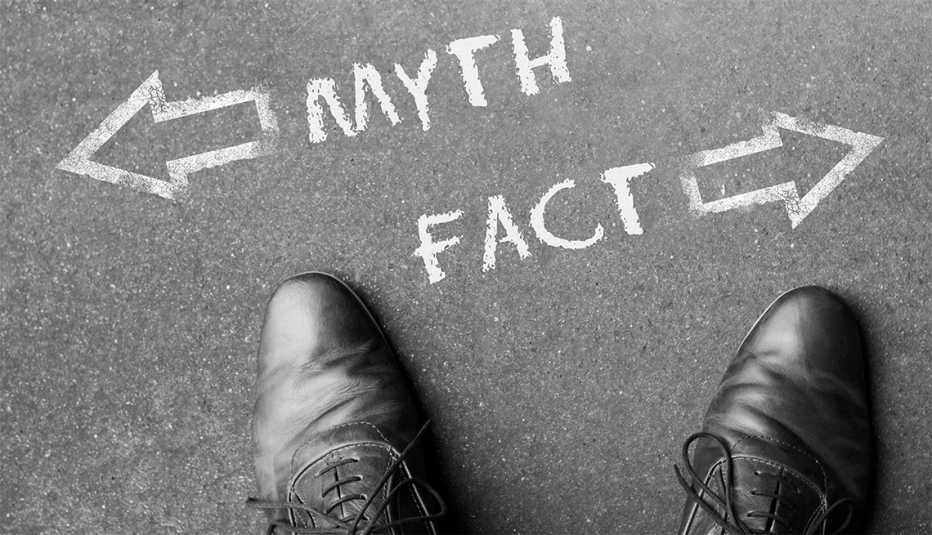Staying Fit


Myth: Older workers aren’t as mentally sharp as younger workers.
Fact: According to a 2015 American Psychological Association study, older executives actually have higher “crystallized intelligence” — a combination of verbal ability and knowledge born of experience — than their younger counterparts.


AARP Membership— $12 for your first year when you sign up for Automatic Renewal
Get instant access to members-only products and hundreds of discounts, a free second membership, and a subscription to AARP the Magazine.
Myth: Older workers are less productive and not as reliable as younger workers.
Fact: When comparing younger adults (age 20–31) with older adults (age 65–80) on 12 tasks, researchers found the latter group to be consistently more productive and reliable. They attribute this to the older adults having “learned strategies to solve the task, a constantly high motivation level as well as a balanced daily routine and stable mood.”
Myth: Older people aren’t as digitally savvy as younger people.
Fact: Although this may once have been true, recent surveys by the Pew Research Center have found that among those 65-plus, two-thirds use the internet (and 75 percent of them use it daily), 37 percent use at least one form of social media, and 42 percent own a smartphone.
Myth: Dementia is an increasing risk among older Americans.
Fact: According to a 12-year analysis of more than 21,000 people, published in 2016 by JAMA Internal Medicine, those 65-plus meeting the criteria for dementia actually declined from 11.6 percent in 2000 to 8.8 percent in 2012.
Myth: Older workers are more ornery and difficult to get along with.
Fact: According to the General Social Survey, the percentage of Americans who say they’re “very happy” is highest among those 65-plus, and some studies suggest they are the happiest age group at work. Elder activist Ashton Applewhite, author of This Chair Rocks, attributes this to “greater emotional maturity, adaptability to change and levels of well-being.”

































































Special Report: Age Discrimination in America
Workplace Age Discrimination Still Flourishes in America
It's time to step up and stop the last acceptable bias
Age Bias That's Barred by Law Appears in Thousands of Job Listings
With the words they use, employers keep experienced workers from applying
Fighting Age Discrimination in the Courts
They fought against companies like Google and Ruby Tuesday, but justice was elusive and incomplete